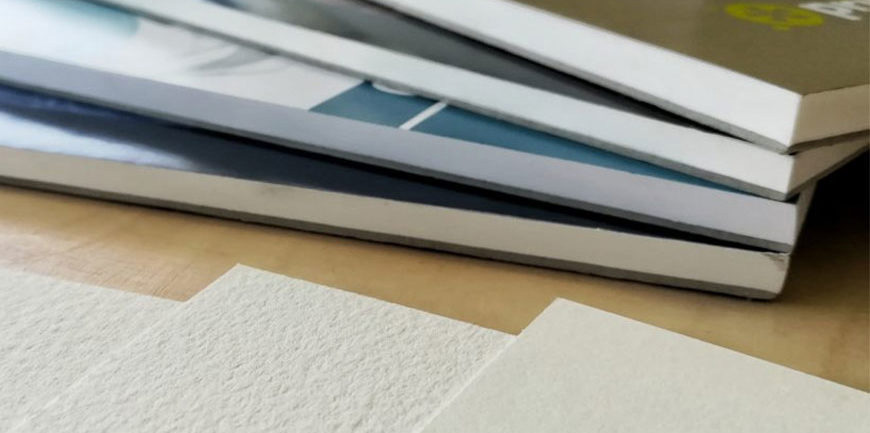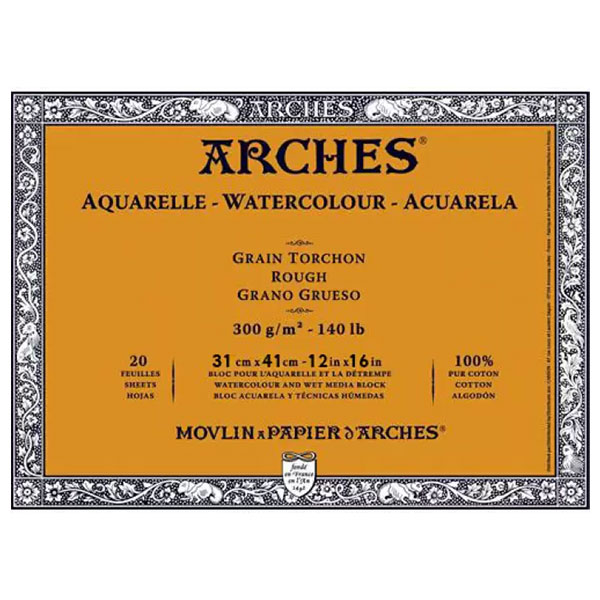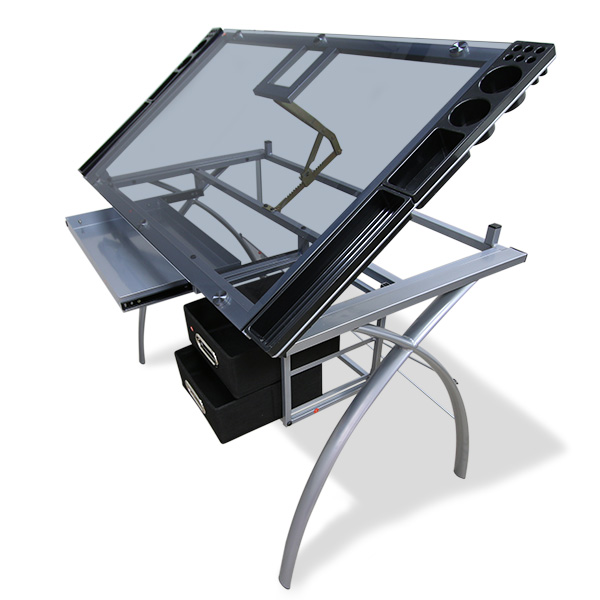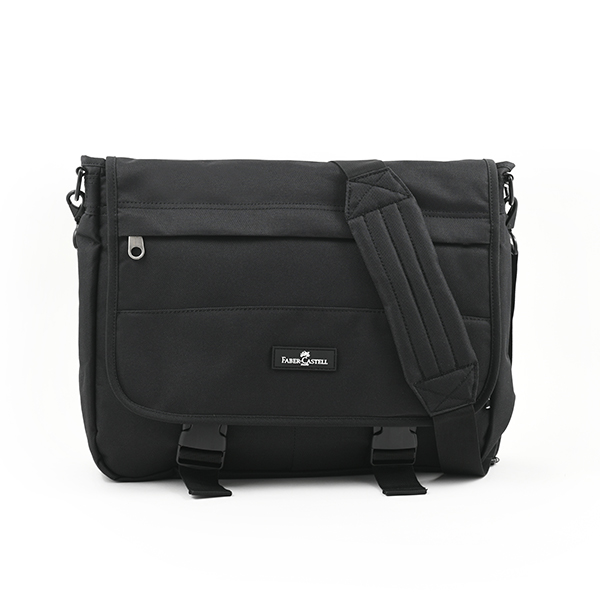
Wading through the world of paper jargon can sometimes be quite a daunting task. Considering that paper will make up quite a big part of your arsenal to produce art, it is very useful to know a little more!
Most papers are produced using plant fibres – largely wood pulp and cotton, although various other natural fibres can be used. Paper can also be handmade or machine made. Handmade paper is often easy to spot due to the deckled or frayed edges while machine-made paper is usually more uniform in appearance. As with other natural material paper has a shelf life and can deteriorate over time. Therefor it should be stored correctly to protect against atmospheric elements such as heat, direct sunlight and humidity. The biggest difference between student-grade paper and artist-grade paper is the archival quality. That means that artist-grade paper is manufactured to endure, withstand yellowing and last a lifetime. Let’s jump right in and cut to the facts!
You might have noticed that paper is weighted in lbs (pounds) or gsm (grams per square meter) and the heavier the paper, the thicker it is. Thicker paper allows more erasing and marks and thus can accept more layers of your preferred medium.
Paper is generally divided according to their surface texture:

Rough paper – as the name suggests – has the most texture and is pressed using a blanket to produce a heavy texture. This paper is often used by watercolour artists and other artists where the paper texture forms part of the look and feel of their artwork.
Cold Pressed Papers are also referred to as ‘Not’ paper – meaning that it is ‘Not’ Hot Pressed. These papers have a medium texture as they go through a second round of pressing without the rough blanket to flatten the texture more. Cold Pressed papers are very commonly used by watercolour artists.
Hot Pressed Papers are much smoother as they are pressed in a heated process that bond the fibres closer together. These papers are great for detailed work such as botanicals and coloured pencils where fine precise lines are required.

Pastels require a surface to which the pigment can really cling to and therefor sanded paper is usually best. This is created by mixing finely ground pumice stone into the binding medium. The result is a paper with a really hard rough texture that grabs the pastel and minimises dust.
Velour is also a paper produced to be used with pastels – the surface is very much like felt, with fine fibres holding the pastel to the paper.
With paper available in different sizes, colours and grades there is truly a paper for everyone. While a certain paper might be produced with a specific target market in mind, many artists experiment relentlessly to find a paper that supports their style and creative vision.
Hopefully this post will have helped to assist you in finding your go-to paper!





